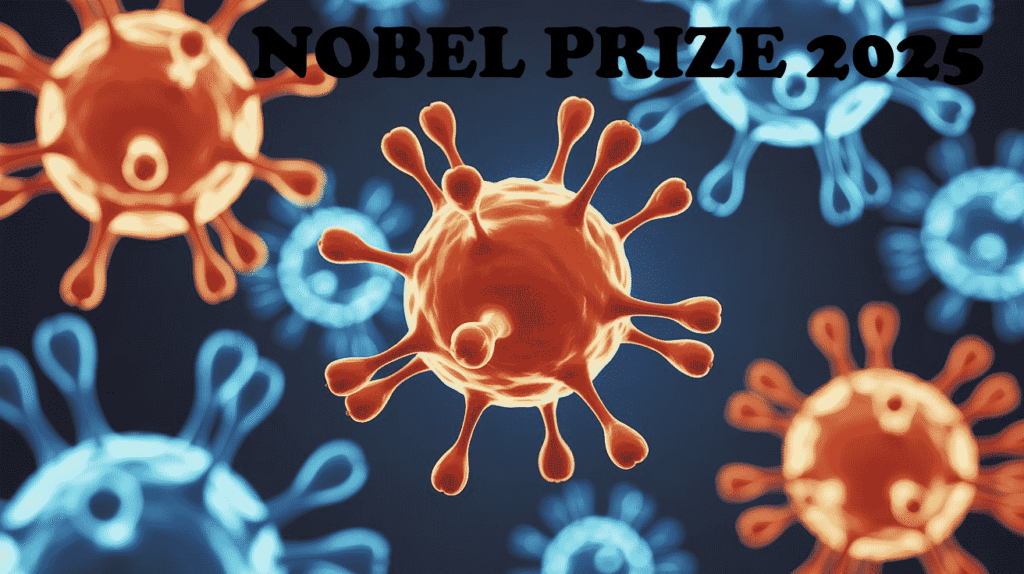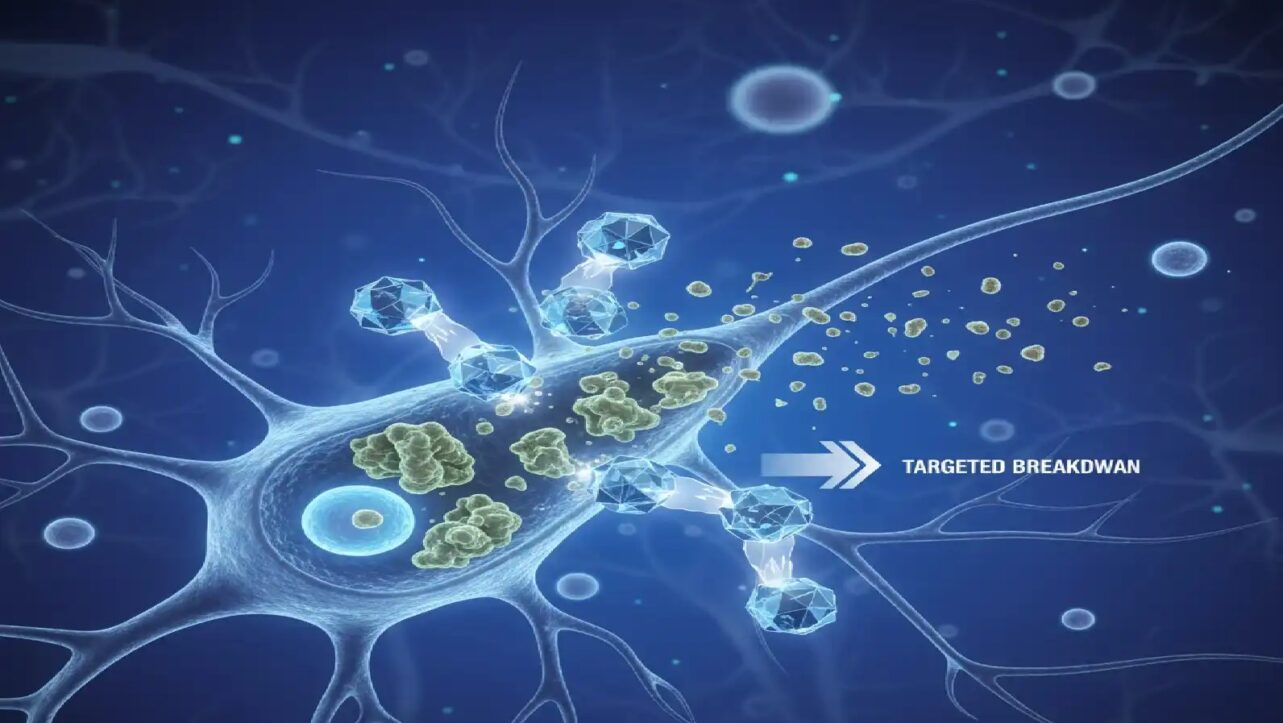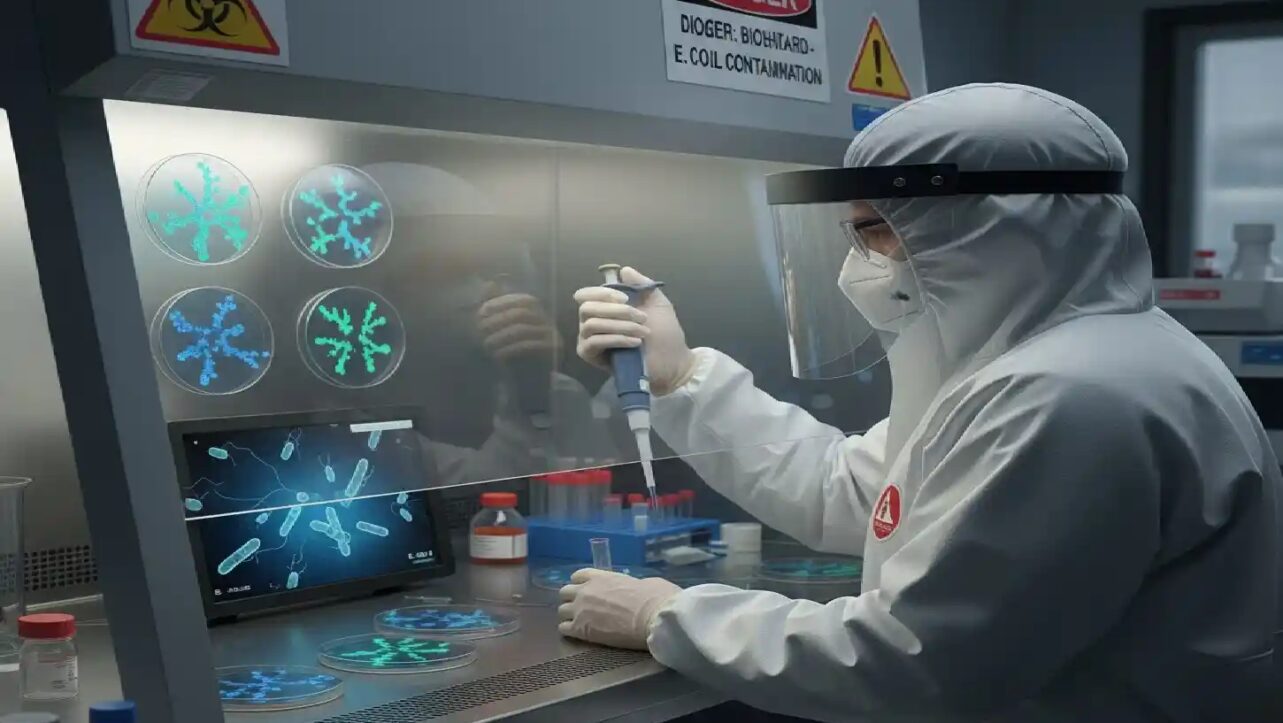The Nobel Assembly at Karolinska Institute announced on October 6, 2025, that the Nobel Prize in Physiology or Medicine has been awarded to Mary E. Brunkow, Fred Ramsdell, and Shimon Sakaguchi for their groundbreaking discoveries concerning peripheral immune tolerance, revealing how the immune system regulates itself to prevent attacking the body’s own tissues.
The three laureates will share the 11 million Swedish kronor prize (approximately $1.17 million) for identifying regulatory T cells, specialized immune cells that function as “security guards” within the immune system.
Revolutionary Discovery Challenged Scientific Consensus
Shimon Sakaguchi, 74, Distinguished Professor at Osaka University’s Immunology Frontier Research Center, made the pioneering discovery in 1995 that challenged prevailing scientific beliefs. At the time, researchers were convinced that immune tolerance developed solely through central tolerance in the thymus, where potentially harmful immune cells are eliminated.
Sakaguchi’s experiments demonstrated that the immune system operates through more complex mechanisms than previously understood. He identified a previously unknown class of immune cells capable of protecting the body from autoimmune diseases, establishing the foundation for understanding peripheral immune tolerance.
Genetic Breakthrough Explained Molecular Mechanism
In 2001, Mary E. Brunkow, 64, Senior Program Manager at the Institute for Systems Biology in Seattle, and Fred Ramsdell, 64, Scientific Advisor at Sonoma Biotherapeutics in San Francisco, made the complementary discovery that explained the molecular basis of immune regulation.
The American researchers were investigating a specific mouse strain particularly vulnerable to autoimmune diseases when they discovered a mutation in a gene they named Foxp3. Their research revealed that mutations in the human equivalent of this gene cause IPEX (Immune dysregulation, Poly-endocrinopathy, Enteropathy, X-linked), a serious autoimmune disease.
Two years later, Sakaguchi connected these discoveries by proving that the Foxp3 gene governs the development of the regulatory T cells he had identified in 1995. These cells monitor other immune cells and ensure that the immune system tolerates the body’s own tissues.
Understanding the Immune System’s Challenge
The immune system must distinguish between foreign invaders and the body’s own cells, a task complicated by the fact that many microbes have evolved to mimic human cells as camouflage. The immune system generates up to a quadrillion different receptor combinations to combat various pathogens, but this randomness can produce white blood cells that mistakenly attack the body itself.
The adaptive immune system relies on three major types of T cells working in coordination. Helper T cells (CD4+ cells) serve as the command center of the immune response, activating other immune cells by releasing chemical messengers called cytokines. These cells are considered essential for almost all adaptive immune responses, as they activate B cells to produce antibodies and stimulate cytotoxic T cells to attack infected cells.
Killer T cells, also known as cytotoxic T cells (CD8+ cells), directly destroy virally infected cells, bacteria, and tumor cells through a process called apoptosis, where the cell dies from the inside out. Once helper T cells detect an infection and release cytokines, these signals activate cytotoxic T cells to recognize and eliminate infected cells, preventing further spread of the infection.
The newly recognized regulatory T cells discovered by the Nobel laureates serve a critical third function—preventing helper T cells and killer T cells from attacking the body’s own healthy tissues. After helper T cells and cytotoxic T cells eliminate a pathogen, regulatory T cells stop them from accidentally attacking healthy cells and shut down the immune response.
“Their discoveries have been decisive for our understanding of how the immune system functions and why we do not all develop serious autoimmune diseases,” stated Olle Kämpe, chair of the Nobel Committee for Physiology or Medicine.
Clinical Implications and Therapeutic Applications
The laureates’ discoveries have launched an entirely new field of peripheral tolerance research and spurred the development of novel medical treatments. When the regulatory mechanism fails, autoimmune diseases such as type 1 diabetes, multiple sclerosis, rheumatoid arthritis, and inflammatory bowel disease can develop.
Researchers are currently evaluating several therapeutic applications in clinical trials. In cancer immunotherapy, scientists are investigating methods to reduce regulatory T cell activity, as these cells can inhibit the body’s ability to combat tumors. Conversely, for autoimmune conditions and organ transplant rejection, studies are exploring ways to enhance regulatory T cell function to prevent the immune system from attacking the body.
The discoveries may also lead to more successful organ transplantations by improving the body’s tolerance to transplanted tissues.
Nobel Week Continues
The announcement marks the first of several Nobel Prize awards during Nobel Week 2025, which continues through October 13. The Physics Prize will be announced on October 7, followed by Chemistry on October 8.
The Nobel Prize in Physiology or Medicine has been awarded annually since 1901 to scientists who have made discoveries of the greatest benefit to humankind. The award is considered one of the highest honors in medical science and recognizes fundamental research that advances understanding of human biology and disease.




















